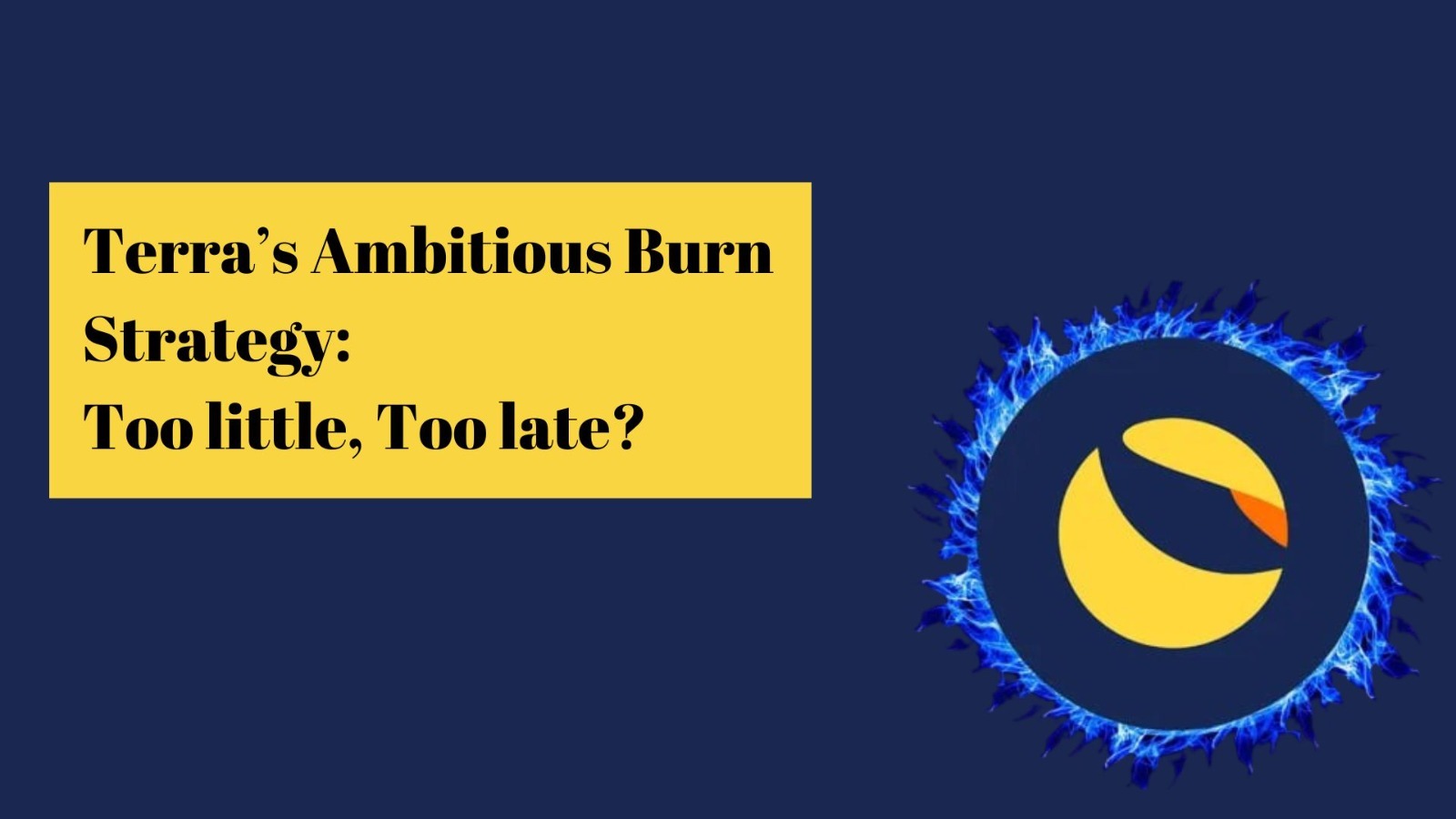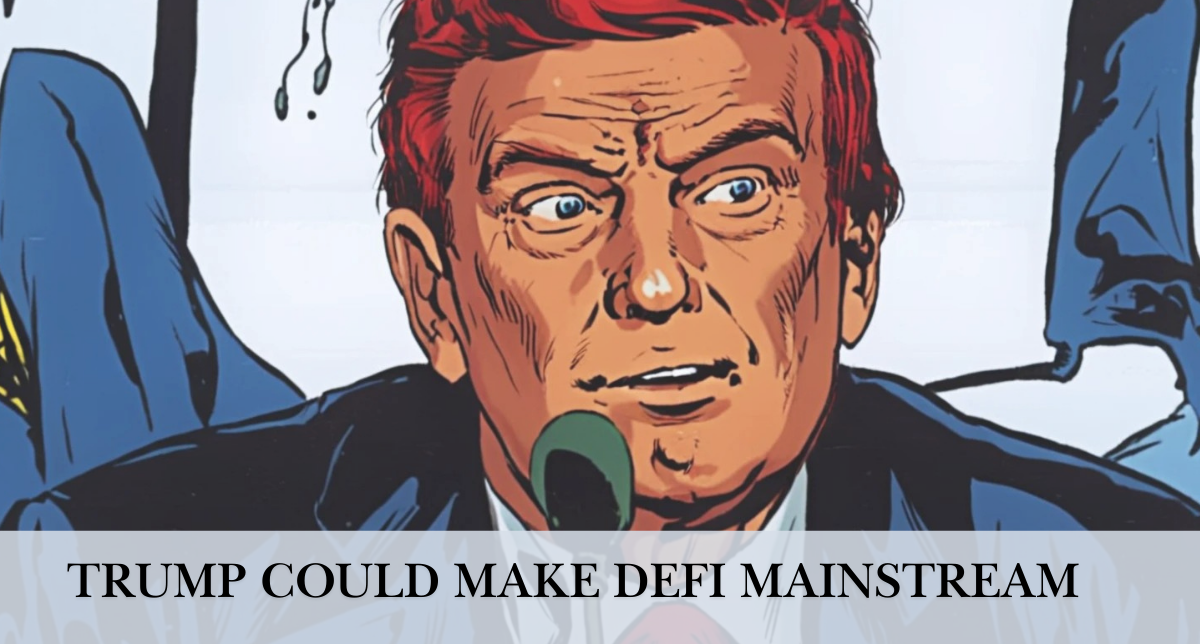Crypto burning is a process by which cryptocurrency tokens or coins are permanently removed from circulation, reducing the total supply. This is done by sending these tokens to a specific “burn address,” a wallet that no one can access, effectively making them unusable. Crypto burning is an intentional action, typically performed by the project team or community, to control inflation, increase scarcity, and potentially boost the asset’s value by making the remaining supply more valuable.
Here’s a detailed look at the concept of crypto burning, its purpose, how it works, and the implications for investors and projects.
Understanding Crypto Burning: Purpose and Mechanism
- Reduction of Supply
One of the primary reasons for burning crypto is to reduce the circulating supply. By reducing the supply, projects aim to create scarcity, which, in theory, could increase the value of the remaining coins or tokens. The principle is similar to a company buying back shares to reduce the number of outstanding stocks, which can increase the stock’s price if demand remains strong. - Increase in Token Value
When the supply decreases, the asset becomes scarcer, potentially driving up demand and, consequently, the token’s value. This mechanism can encourage existing holders to keep their assets rather than selling, which can contribute to a more stable or appreciating token price over time. - Managing Inflation
For tokens with a large initial supply or inflationary model, burning can be a way to counterbalance inflation. This is common in projects that issue new tokens regularly as a reward for miners or validators. By burning a portion of these newly issued tokens, the project can prevent excessive inflation. - Economic Incentives and Rewards for Holders
Crypto burning can also serve as a way to reward long-term holders. Some projects incorporate regular token burns to incentivize investors to hold on to their assets, as the reduction in supply could enhance their holdings’ value over time.
How Crypto Burning Works
The burning process in cryptocurrency is straightforward:
- Tokens are sent to a special address, called a “burn address” or “eater address,” which is publicly verifiable but inaccessible to anyone.
- Once sent, the tokens are considered gone forever because the private key for the burn address is unobtainable.
- The blockchain ledger reflects the reduction in total circulating supply after the burn, which is verifiable by anyone on the network.
This process is often announced publicly by the project, and some projects even implement automated burn mechanisms in their smart contracts.
Types of Crypto Burns
- Manual Burns
In manual burns, project teams decide on an amount and frequency for burning tokens, often in response to market conditions. For instance, Binance (BNB) conducts quarterly burns based on its revenue, intending to burn 50% of its total supply over time. - Automatic Burns
Some blockchains have implemented automated burning mechanisms within their protocols. Ethereum’s London Hard Fork in 2021 introduced EIP-1559, which burns a portion of the transaction fees paid on the network. This automatic burn reduces Ethereum’s overall supply, particularly during periods of high network usage. - Buyback and Burn
Similar to stock buybacks, some crypto projects use profits to buy tokens from the market and then burn them. This can create buying pressure, followed by the reduction in supply, potentially increasing the token’s value. - Mining or Staking Burns
Some proof-of-stake or proof-of-burn mechanisms require participants to burn a certain amount of tokens as a way of securing the network or becoming eligible to validate transactions. This burning serves as a form of collateral and reinforces the network’s security.
Pros and Cons of Crypto Burning
Pros:
- Increased Scarcity: Reduces total supply, potentially increasing the token’s value.
- Community Incentives: Rewards long-term holders and stabilizes price fluctuations.
- Inflation Control: Prevents oversupply in inflationary models by reducing available tokens.
Cons:
- Market Speculation: Burns can create hype or encourage speculative buying, which could lead to short-term price surges but may not be sustainable.
- Uncertain Impact on Price: While burning may reduce supply, it doesn’t always guarantee an increase in demand, so the token’s price might not necessarily rise.
- Risk of Manipulation: In some cases, projects may announce burns solely to attract investors without any long-term project viability.
Examples of Popular Crypto Burns
- Binance Coin (BNB): Binance conducts quarterly token burns, with a goal to reduce the total supply of BNB from 200 million to 100 million. These burns are funded by Binance’s profits, with the aim of supporting long-term growth in BNB’s value.
- Ethereum (ETH): The EIP-1559 upgrade introduced a “base fee” that is burned for every transaction, creating a deflationary effect during periods of high network usage.
- Shiba Inu (SHIB): Shiba Inu, a popular meme token, has conducted several burns to reduce its massive initial supply and drive value to remaining tokens. The burns are often organized by the community and occasionally incentivized by partnerships with other platforms.
The Impact of Crypto Burning on Investors
For investors, crypto burning can be a double-edged sword. On one hand, it can lead to price appreciation due to reduced supply. However, since burns don’t guarantee increased demand, the market’s reaction can vary significantly. It’s important for investors to view burns as part of a project’s overall strategy rather than a sole indicator of its investment potential. Crypto burns should ideally be seen as a supplementary tool to a project’s economic model, with long-term growth drivers and a viable use case remaining paramount for sustained success.
Conclusion
Crypto burning is a unique economic tool in the world of digital assets, allowing projects to manage supply, control inflation, and incentivize holders. While it can contribute to scarcity and potential price appreciation, it is not a guaranteed method to increase value, as market demand plays an equally crucial role. For projects and investors alike, burns are best understood as part of a broader economic strategy aimed at fostering sustainable growth and engagement within the community.

A.k.a – alpha girl. Vinita is the founder of Alphachaincrypto. An English Lit Majors, Vinita bumped into Web3 in 2020 only to realise that tech was her calling. Later, Mathreja worked for some notable brands like Near Education, Biconomy, CoinDCX and top of the line crypto start ups.




